¡Throw a Moth Party!
This is an invitation for a citizen science project organized by Discover Life initiative based at the University of Georgia. Help scientists and together learn more about moths by participating in or organizing a moth party. If you would like to organize a moth party here are the main guidelines for your observations. You can obtain more info or get involved at Discover Life’s website: http://www.discoverlife.org/moth/ Moths are an ideal group to study for scientific, educational and logistic reasons — […]

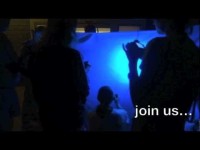
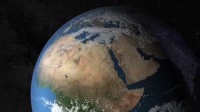

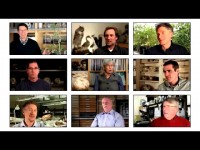
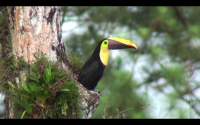
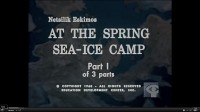


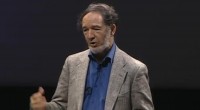
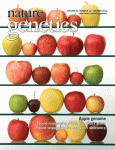
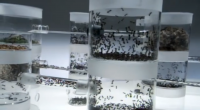

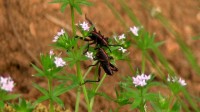
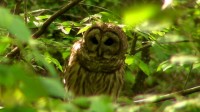

Recent Comments